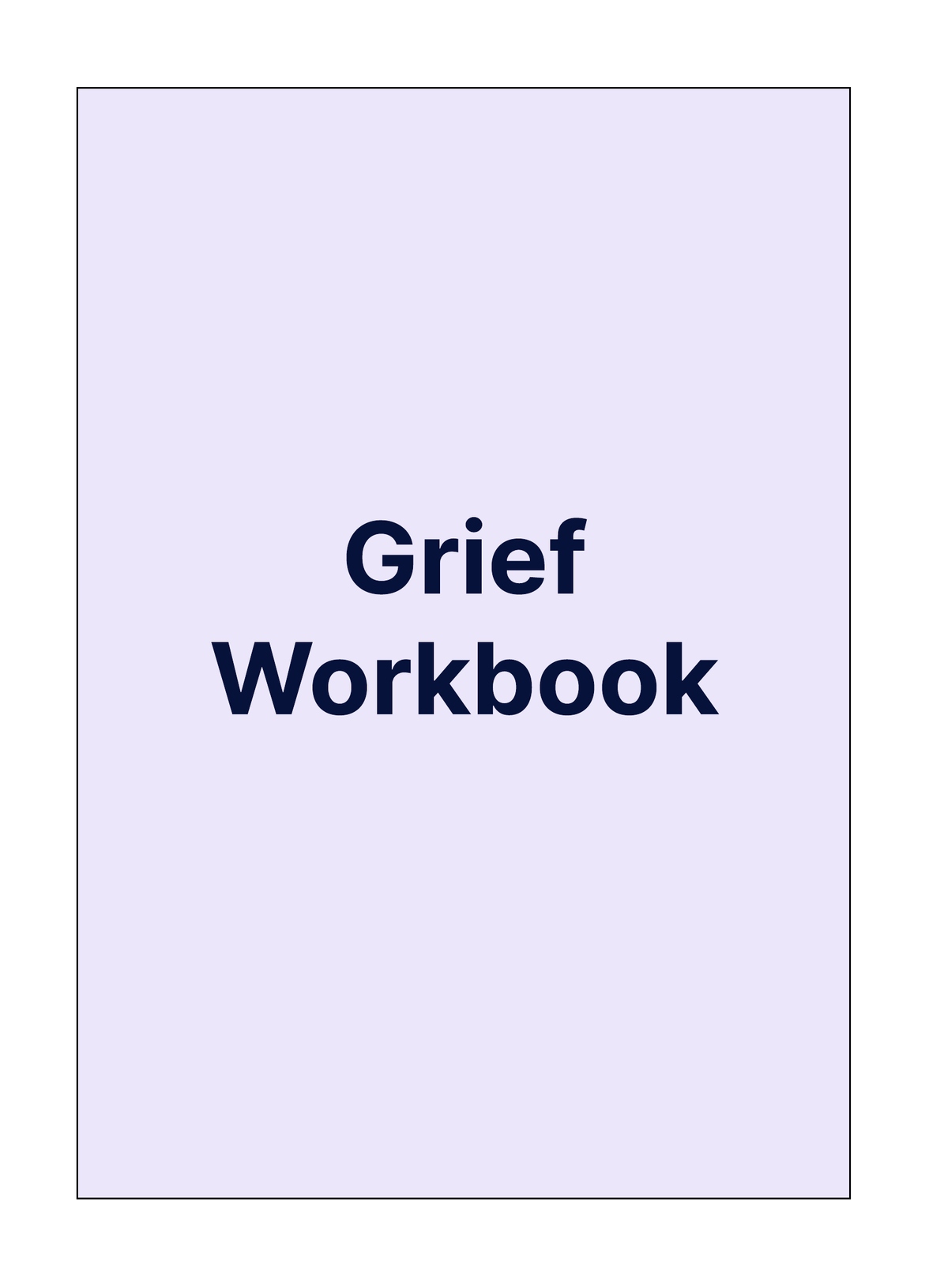Grief workbooks provide structured exercises, prompts, and activities that guide individuals through their grieving process. They offer a framework for self-reflection, allowing you to explore and express emotions, memories, and thoughts related to the loss. Using a grief workbook can assist in organizing feelings, fostering self-awareness, and offering coping strategies tailored to your unique experience.

Grief Workbook
Discover healing and reflection with our comprehensive guide on grief workbooks. Learn how these tools support your unique journey through grief and healing.
Grief Workbook Template
Commonly asked questions
The timing of using a grief workbook varies for each individual. Some may find starting soon after the loss beneficial, while others might need time to adjust before engaging with the material. There's no fixed timeline; engage with the workbook when you feel emotionally ready and comfortable.
Grief workbooks are designed to accommodate various types of losses, including the death of a loved one, divorce, pet loss, or significant life changes. Different workbooks might focus on specific types of losses, so selecting one that aligns with your experience is essential.
EHR and practice management software
Get started for free
*No credit card required
Free
$0/usd
Unlimited clients
Telehealth
1GB of storage
Client portal text
Automated billing and online payments











